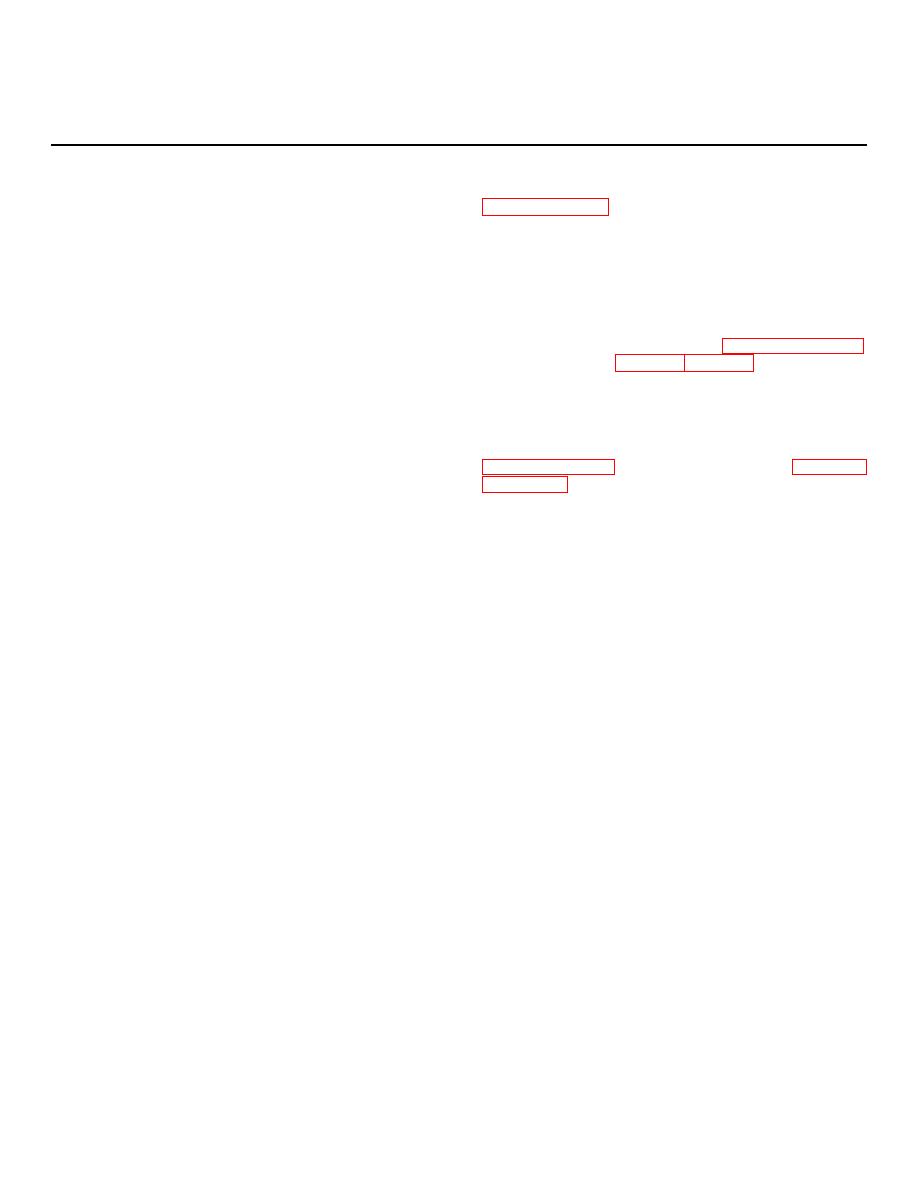 |
|||
|
|
|||
|
Page Title:
SECTION 3 PRESHIPMENT INSPECTION PROCEDURES |
|
||
| ||||||||||
|
|
 TM 9-1300-275/1
SECTION 3
PRESHIPMENT INSPECTION PROCEDURES
3-1 GENERAL.
3-3.3.2 Inspect all blocking and bracing as outlined in
Before shipment the technical escort team commander
is responsible for inspection to assure the safety and
security of the cargo and compliance with applicable
3-3.4 Truck Shipment.
regulations. All inspections should be conducted by or
under the supervision of the team commander.
Cargo carried by truck is either blocked and braced with
wood or tied to the truck with steel or nylon strapping.
3-2 BEFORE-LOADING INSPECTION.
Inspect the strapping for broken, missing, or otherwise
The technical escort team commander should take
damaged straps. Inspect pallets and blocking and
precautions to make certain that no leakers are loaded.
bracing (if used) as outlined in paragraph 3-3.2.1.
This includes checking containers and munitions for
Inspect for leakers (paras 3-2 and 3-3.1).
obvious damage (dents, cracks, and broken boxes). All
suspected items must be checked with the chemical
3-3.5 Air Shipment
agent detector kit. The team commander should refuse
Aboard aircraft, the items are tied down securely.
to escort any items that show leakage.
Inspect the tiedown for broken, cut, frayed, or missing
components. Inspect the pallets, if any, as outlined in
3-3 AFTER-LOADING INSPECTION.
3-3 .1 All Shipment Involving G-Agents.
The loadmaster on the aircraft is
After the cargo carrier is loaded, place two rabbits in
responsible for loading and tiedown operations.
each cargo compartment; wait 30 minutes, then monitor
to assure that no leaky items are present.
3-4 LOADING DIAGRAMS.
If possible, use service-prepared Bureau of Explosives
33.2 Vessel Shipment.
approved loading diagram' as a reference when
3-3.2.1 Inspect all blocking and bracing for loose,
inspecting the loaded cargo carrier. The consignor's
broken, or missing boards and protruding nails. Assure
copy of the loading diagram can usually be referred to
that with all palletized items the pallet is not damaged
before or during loading. Although it is the responsibility
and that the item is fastened securely to the pallet.
of the shipping installation to load the cargo correctly,
3-3.2.2 Inspect the vessel's holds to assure that the
the team commander should refuse to accept the
vents and drains are sealed as prescribed in CG 103.
shipment, if its loading method makes it unsafe or easily
One of the vessel's officers should assist in the
damaged, or would allow it to interfere unnecessarily
inspection. (A copy of CG 108 can usually be procured
with the technical escort mission.
from the port commander or the vessel's captain.) Any
discrepancies noted during the inspection should be
3-5 MARKING AND PLACARDING.
reported to the captain and corrected before departure.
The team commander must assure that the load carrier
has correct placards displayed. Placards are shown in
3-3.3 Rail Shipment
TM 3-250, TM 8-750 (AFM 71-4, NAVAIR 15-03-500,
3-3.3.1 After the rail car is loaded, the cargo should be
MCO P4030.19), and T.C. GEORGE'S TARIFF, part
reinspected for damaged items, and damaged items
23.
rechecked for leaks. If any such leaks are found, the
technical escort team commander should refuse to
3-6 UNSAFE LOADS.
accept the cargo.
If the team commander believes the items are loaded
improperly, he should refuse to escort the cargo until the
consignor makes the necessary changes.
6
|
|
Privacy Statement - Press Release - Copyright Information. - Contact Us |